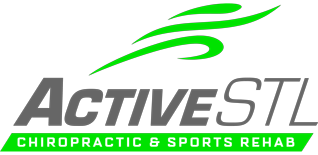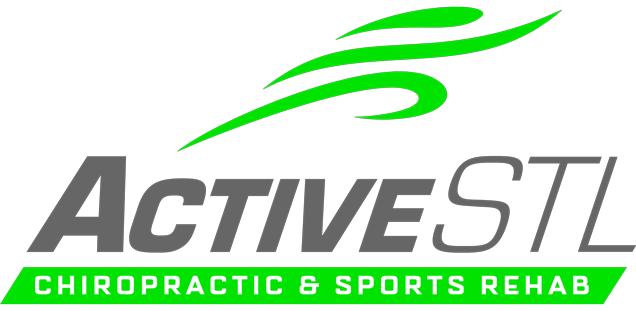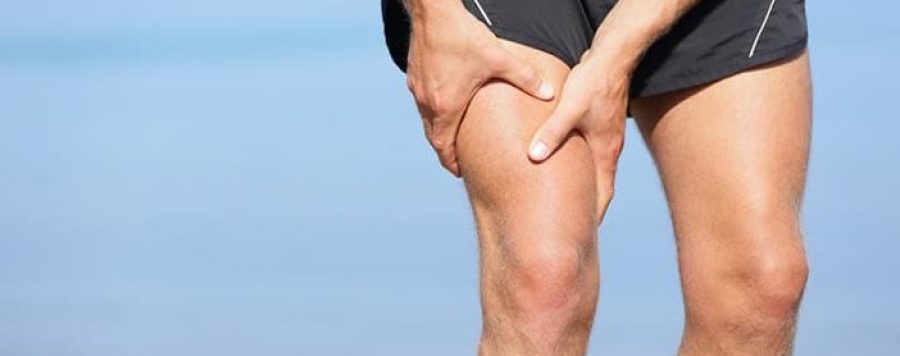What is IT Band Syndrome?
Iliotibial Band Friction Syndrome, or IT Band Syndrome as some may call it, often presents with lateral knee pain. We see this condition more often in activities like soccer, running, lacrosse, hockey, cycling, and many more activities. Any activity that creates a lot of repeated flexion and extension of the knee joint.
How Do We Diagnose IT Band Syndrome?
First, we will take a good history and be sure to cover the activities that you are doing. We are looking for activities that require a lot of flexion and extension of the knee as we are establishing if there was an increase in the frequency or intensity of these activities.
Why Do Activites Matter?
If we are doing sports or movements that create that flexion and extension repetitive motion we will be putting a lot of tension through the IT band. We may also see this tension beginning to create clicking or popping on the outside aspect of the knee.
Structures That Matter
On the outside of the knee, our hamstrings attach to the lateral aspect of our knee. We also have our quads that run through the lateral part of the knee and also attach. Also on that lateral side of the knee, we have our lateral meniscus and lateral collateral ligament. All of these structures on the lateral side of the knee need to be ruled out so that we can evaluate for IT band syndrome.
Evaluation of Strength
First, we observe the patient while standing and see if they present with knocked knees, bow-legged, or present with hyperextended knees. All these presentations will put more tension on the IT band.
The next evaluation will be strength within the muscles that surround the hip. The first test we use is to see if the patient can stand on one leg and keep their pelvis steady. If the patient cannot keep a steady and level pelvis in this position, it will indicate that their glutes might be weak and that will affect their IT band.
An extra way to check strength in the glutes is for the patient to lie on their side while keeping their leg straight, lifting it in the air, and meeting the external force the doctor is applying. If the patient cannot keep their leg up then that also indicates muscle weakness in the glute and hip.
Evaluation for IT Band Length
A length check of the IT band will be crucial information when treating IT band friction syndrome. On the same side lying position with the leg up but bring it back towards the doctor more and slowly lower the leg towards the ground. If a patient has a lot of tension in their IT band, their leg will not lower towards the ground or will lower very little.
Testing For Clicks and Pops
The clicking and popping on the lateral side of the knee must be addressed. With the patient on their back, the doctor will lift the patient’s leg with some bend in the knee and apply pressure to the outside of the thigh towards the knee. Then the doctor will bring the patient’s leg through flexion and extension and feel for clicking and popping which will be a positive indicator for IT band friction syndrome.
The final test for clicking and popping will be standing, the patient will be standing on one leg with their hand on the doctor’s shoulder for balance. From there, the doctor will again apply pressure to the outside of the lower portion of the thigh as the patient will do a small quarter squat. Again, this checks for clicking and popping as it may suggest IT band friction syndrome.
Overall, a good history will give us clues if the patient is performing activities that increase the likelihood of IT band friction syndrome and if they have increased the frequency and intensity of their activities. Following a good history, a thorough evaluation will help us determine if the patient presenting with lateral knee pain has IT band friction syndrome and what is the best way for us to treat the patient to resolve their symptoms.
What Muscles Are Involved in IT Band Syndrome
Since all the contractile forces going through the IT band start towards that glute and outer hip area, we typically do not recommend people just laying on a foam roller on that middle section of the IT band.
A key factor overlooked is that the IT band sits right on top of your quad muscle called the vastus lateralis. This outside quad muscle runs underneath and behind the IT band.
Sections of this quad muscle will sit on the back side of the leg so if the outer quad or the TFL muscle gets tight, forces going through those muscles will be distributed into the IT band. Another factor is if the glute max and med are weak. Then the body will rely on other structures, like the IT band, to compensate for the weakness.
How Do We Generally Treat IT Band Syndrome?
These different muscles that affect the IT band will need treatment to increase the strength or length of the surrounding area. This means that sometimes we will work the quad muscle or the TFL while increasing strength in the glute max or the glute med. All this work will help calm down how much pulling and tugging on that IT band.
Treatment options for IT Band Syndrome
Active Release Technique
One of our most powerful tools for this diagnosis is Active Release Technique (ART). The IT band runs along the side of your leg. Your Quad runs down the front and back sides of your IT band. ART aims to pin down that tissue while we take the muscle through its full range of motion. As we work through the involved area, we’re feeling for any areas that are tight or tender. Once they are located, we apply force in the proper direction.
Patients often need to be told that the harder we dig in does not mean that ART works any better. It’s important to remember that the same rule applies at home with your foam rollers and lacrosse balls. Just because you can push harder does not mean you’re getting better treatment. You’re getting more isolated pain rather than a full treatment throughout a full muscle.
To get the best results, we want the patient to shorten or contract their muscle as much as possible. After we take our contact, the patient lengthens or extends the muscle by going through a full range of motion. Your doctor might use more complicated movements to get the IT band and the quad moving together. We can lengthen the IT band and then slowly start bending the knee and you can start to feel tugging on your quad. We often know if we have found a tender or a tight spot by the smirk on the patient’s face.
Dry Needling
Another treatment option is dry needling. This treatment uses acupuncture needles that are applied to the trigger points of tight and tender muscles. Sometimes when we find those trigger points, there will be a quick twitch in the muscle. We hope to see that twitch response in the muscle.
The patient might feel this twitch for a split second, but it usually dissolves away. Dry needling does not usually produce any discomfort. As we apply the needles, we want to target the trigger point as much as possible. If we target the same trigger point multiple times, it can be a bit more uncomfortable. It might make you sweat a bit.
But Wait, There’s Stim!
To add further therapy, we will often hook up electrical stimulation to the needles, which can lead to muscular pulsating action. While this treatment is being performed, you shouldn’t feel any discomfort over a five out of ten. If anything gets uncomfortable, let the doctor know and we will adjust it for you. As we turn the electrical stim up, the muscle begins to contract. In the office, we make sure to turn the machine up at a slow, comfortable rate. When we see slight twitching of the muscle, we know that we’ve reached the appropriate level.
This is an anti-inflammatory treatment that acts under the same chemical process as some anti-inflammatory drugs. It’s sending an input into our brain saying, “Hey, let’s send chemicals to this area”. The brain sends chemicals down, which then promotes healing and increased blood flow, which reduces pain.
Extracorporeal Shockwave Therapy (ESWT)
Another treatment option that we can utilize is called shockwave therapy. Shockwave is an array of acoustic waves that are transmitted through the machine and into the tissue. You can imagine knots or adhesions between two different muscles being broken apart by the acoustic waves going through and vibrating between those two muscles. This allows the tightness in the leg to be released. For IT band syndrome, we apply the therapy between the quad and the IT band barrier.
The machine sounds loud, but it is a very comfortable treatment. First, we spread out the ultrasound gel, and then apply treatment with the wand. With this type of treatment, we’ll end up moving the wand back and forth across the tissue so that the waves can go into the tissue and break up some of the tightness.
Strength
It will be vital for strength exercises to be progressed throughout your care plan. Passive modalities are great and can offer results, however, we need to ensure the strength is built at the hip complex and throughout the lower extremities. This will be important for returning to activity. Sometimes symptoms are strong enough that taking a few days or weeks off from your sport is necessary and returning without a strength protocol may lead you back to where you started. Exercise selection and progression will be tailored to your case and your activity.
Last, But Certainly Not Least…
If we’re treating the IT band, we have to know the origin. It starts by attaching to the pelvis, then comes down past the knee to attach. Because of this, we adjust the pelvis, hip joint, foot, acetabular joint, and even the knee.
We get to start light and just add our pressure as needed. We adjust the hip joint by distracting or pulling the leg. You will feel the joint gapping, which can be relieving. If there’s arthritis involved, we can directly address the knee.
Overall …
This has been a good description of how we address the IT band in the office. We use a combination of the Active Release Technique, dry needling, electric stimulation, shockwave therapy, and adjustments. With all of these options, we determine which treatment is going to respond best for each patient.
There is not one standardized protocol in place for every single person who walks in the door. We have to customize our treatment as needed for each individual. If you have any questions about these treatments, send us an email, or a message, or give the office a call.


